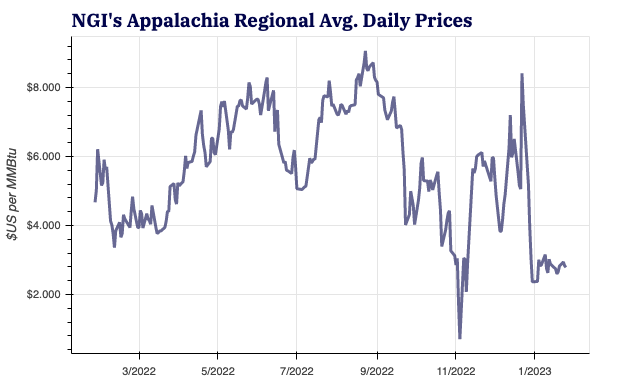Regulatory | E&P | Marcellus | NGI All News Access | NGI The Weekly Gas Market Report | Utica Shale
Ohio Law Labels Natural Gas ‘Green,’ but What Does It Mean?
© 2024 Natural Gas Intelligence. All rights reserved.
ISSN © 2577-9877 | ISSN © 1532-1266 | ISSN © 2158-8023 |



